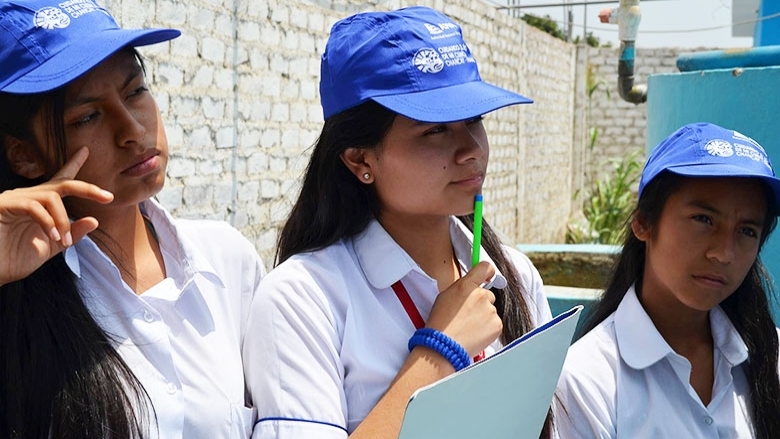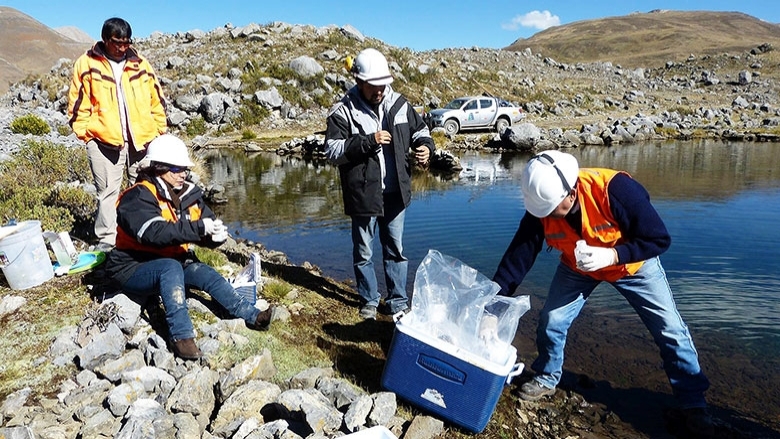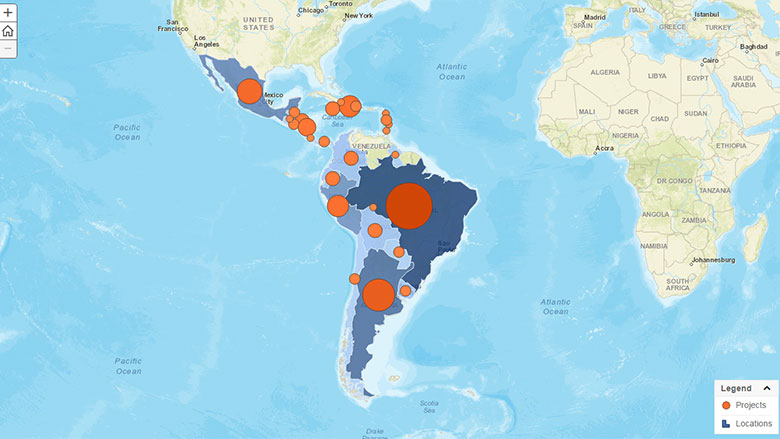Challenge
In 2008, growing water scarcity limited economic and social development and climate change compounded these effects. Water Resource Management (WRM) in Peru suffered from the absence of a WRM legal framework (the 1969 Law focused on irrigation) and the institutional framework was characterized by scattered and overlapping responsibilities among various Ministries. The institutional capacity was low due to a combination of insufficient financing, inadequate staffing, no local representation in the basins, no stakeholders participation mechanisms, limited functions and power, and insufficient tools, particularly related to basin planning, information, water rights and discharge permits and economic incentives. The 2009 Water Resources Law, the draft National Water Resources Management Strategy and the newly created National Water Agency (ANA) improved the prospects for sound WRM, this legal and institutional framework was new and still needed to be implemented.
Approach
The Project combined capacity-strengthening activities at the central level of ANA and the National Meteorology and Hydrology Service of Peru (SENAHMI) with implementation support in three pilot river basins to help ANA realize its mandate. Through improvements to the water information monitoring network in the pilot river basins and strengthened central capacity to process and disseminate the collected data, the Project provided better quality information to support decision-makers in planning and responding to climate events. At the central level, the development of a methodology for improved cost calculation and fee collection helped ANA generate more revenue from its activities. A National Water Quality Action Plan further integrated the different aspects of water monitoring. The Project promoted the development of a “water culture” through a collaboration with the Ministry of Education and the roll-out of a training program for teachers, students and decision-makers in pilot basins.
Results
- From 2009 to 2015 the Project achieved important results at national level and in three pilot basins (Chancay-Huaral, Chancay-Lambayeque and Quilca-Chili). Through increased coordination with, and capacity building of, other central government stakeholders, the Project strengthened the National Water Resources Management System and helped create three river basin councils, with two additional councils under creation in non-pilot basins. All pilot basins now have approved participatory and integrated WRM plans that are currently 30 percent implemented and partially funded by the concerned regional governments. Other key results include:
- Water information monitoring, quality and availability was increased through the installation of 28 new hydro-meteorological stations and ANA and SENAHMI staff trained to operate and maintain the information platform.
- Strengthened capacity of 605 professionals, with an additional 105 receiving a certificate (diplomado) on WRM.
- Creation of a primary school “water culture” curriculum that has been implemented in four regional governments under the Project. To date, the curriculum has been replicated in two basins outside the Project.
- As part of the implementation of the National Water Quality Strategy created as part of the Project, 331 discharge points were monitored, thus helping to integrate water quality aspects into WRM.
- Registration of 73,947 water rights, corresponding to 41,391 water users and contributing to the reduction of conflicts in the pilot basins.
- A steady increase in revenues collected from water use and pollution discharge fees (77 percent of ANA’s budget in 2015), which was a result of the Project’s revenue collection strategy. These additional revenues have increased ANA’s financial sustainability and strengthened the sustainability of the river basin councils.


